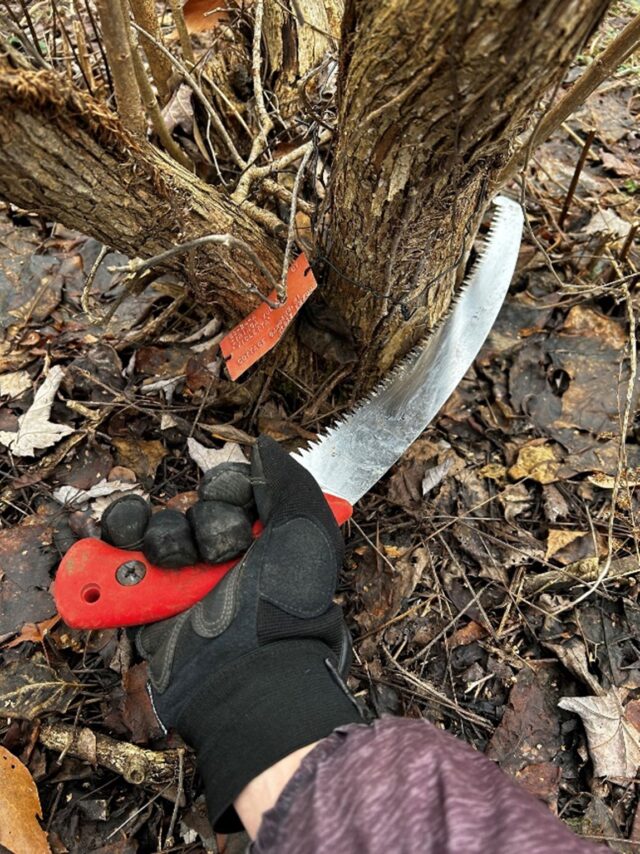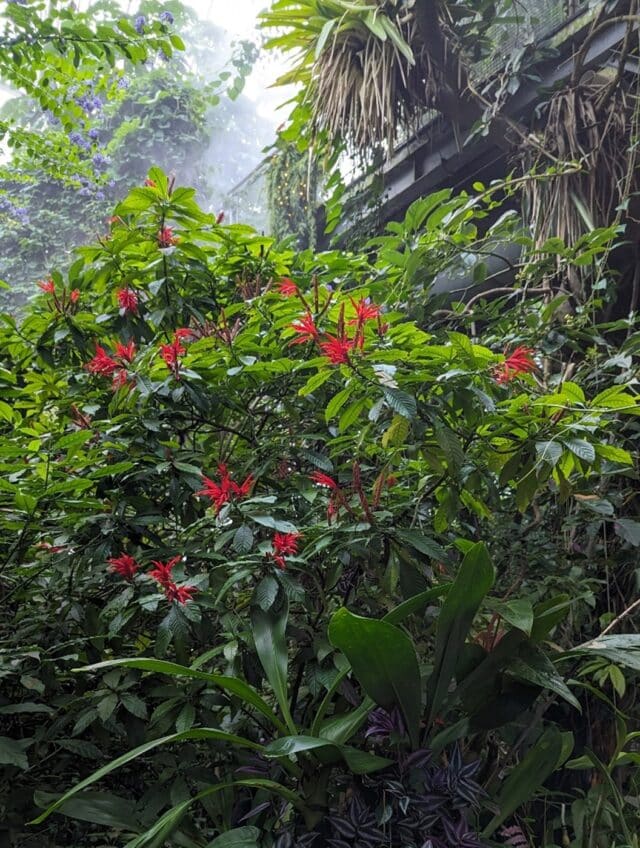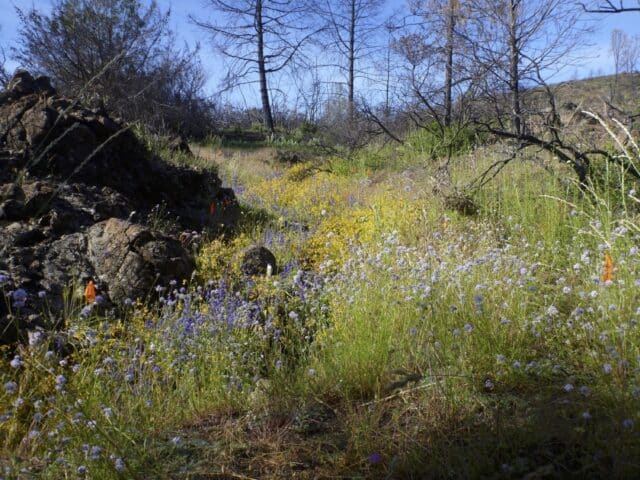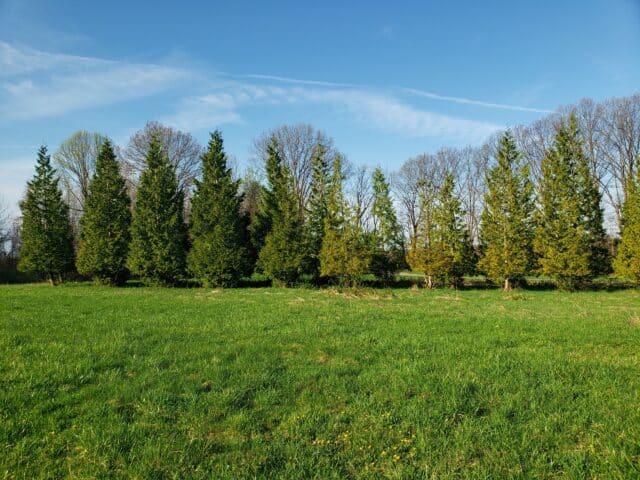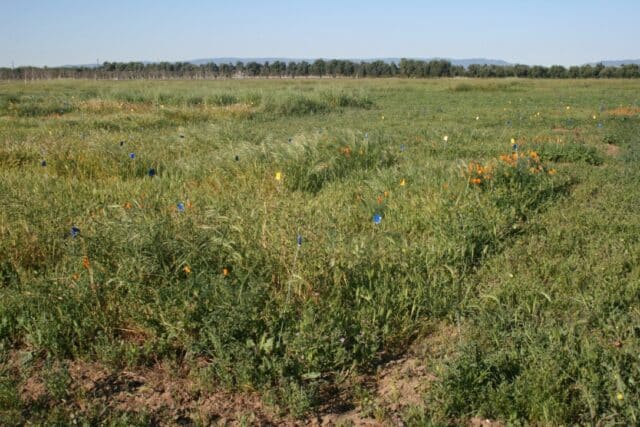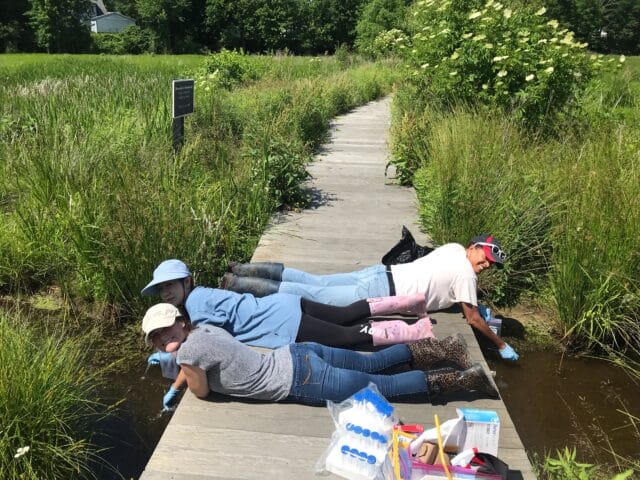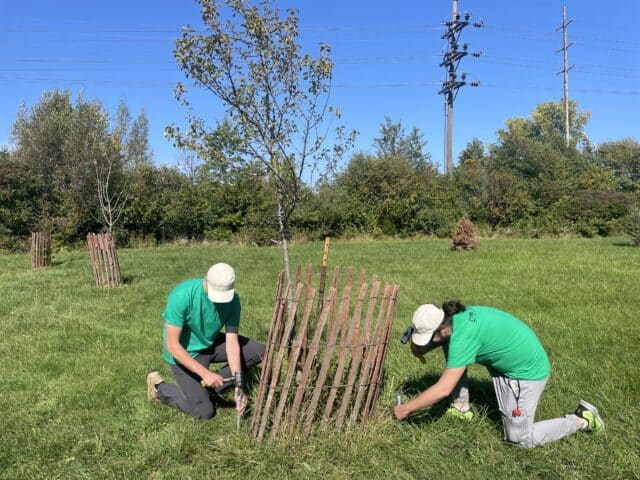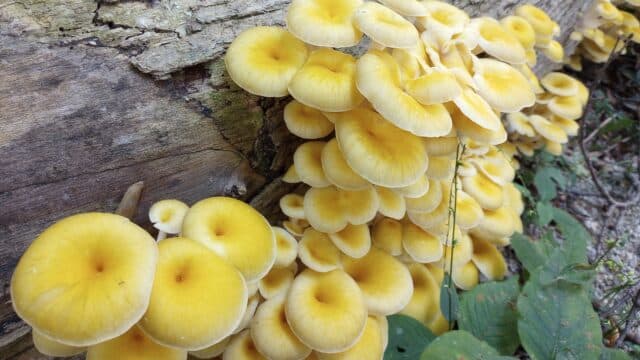
The month of January, with its freezing temperatures and leaf-less trees, is a time when it’s easy to think of nature as dormant. While this might be true for deciduous trees and hibernating animals, this is far from true for soil organisms, such as fungi. These decomposers are very active during the winter decomposing the leaf litter that fell just months prior! Snow cover is beneficial for this decomposition because it insulates the ground and keeps the soil from freezing. Snow cover does more than just keep the soil from freezing, it keeps soil temperatures stable. The soil ecology lab at HF&G has been monitoring soil temperatures in the forests of Stebbins Gulch since 2006. Soil temperature loggers record soil temperature every 8 minutes throughout the year. Year after year, soils in the winter are stable and typically just above freezing. Once the spring arrives and the snow cover is no longer constant, soil temperatures become much more variable. The now exposed soils can more easily freeze with cold night-time air temperatures and then thaw with the warmer air temperatures of the day.
With climate change, scientists are predicting that snow cover in the winter will become more intermittent. What would an absence of consistent snow cover in winter mean for the soil? Our temperature data from Stebbins Gulch suggests that soil temperatures will become much more variable if snow cover were to become intermittent. What does this mean, then, for the fungi actively decomposing organic matter under the snow? HF&G’s soil ecology lab has been asking this question for years. Along with soil temperature data, the lab has also been collecting data on the fungi in the soil every month since November of 2006. Thus far, we have analyzed the first five years of fungal data; and what we found surprised us.
The fungi in Stebbins Gulch did not respond strongly to changes in soil temperature. We predicted that there would be seasonally distinct fungal communities. We expected to consistently find certain fungal taxa in the cold winter months, and then a different suite of taxa every year in the hot summer months. Instead, the seasonal pattern of fungal taxa was inconsistent. The saprotrophic species Leucopaxillus tricolor, for example, was frequently found in the summer for some years, but frequently found in the winter in other years. Further, soil temperature was not a strong driver of the fungal taxa we found. Rather, fungal taxa were responding to soil moisture and soil nutrients, especially nitrogen and phosphorus. For example, the mycorrhizal species Russula pectinatoides and Elaphomyces muricatus were more frequently found in soils with high phosphorus, regardless of the month or year.
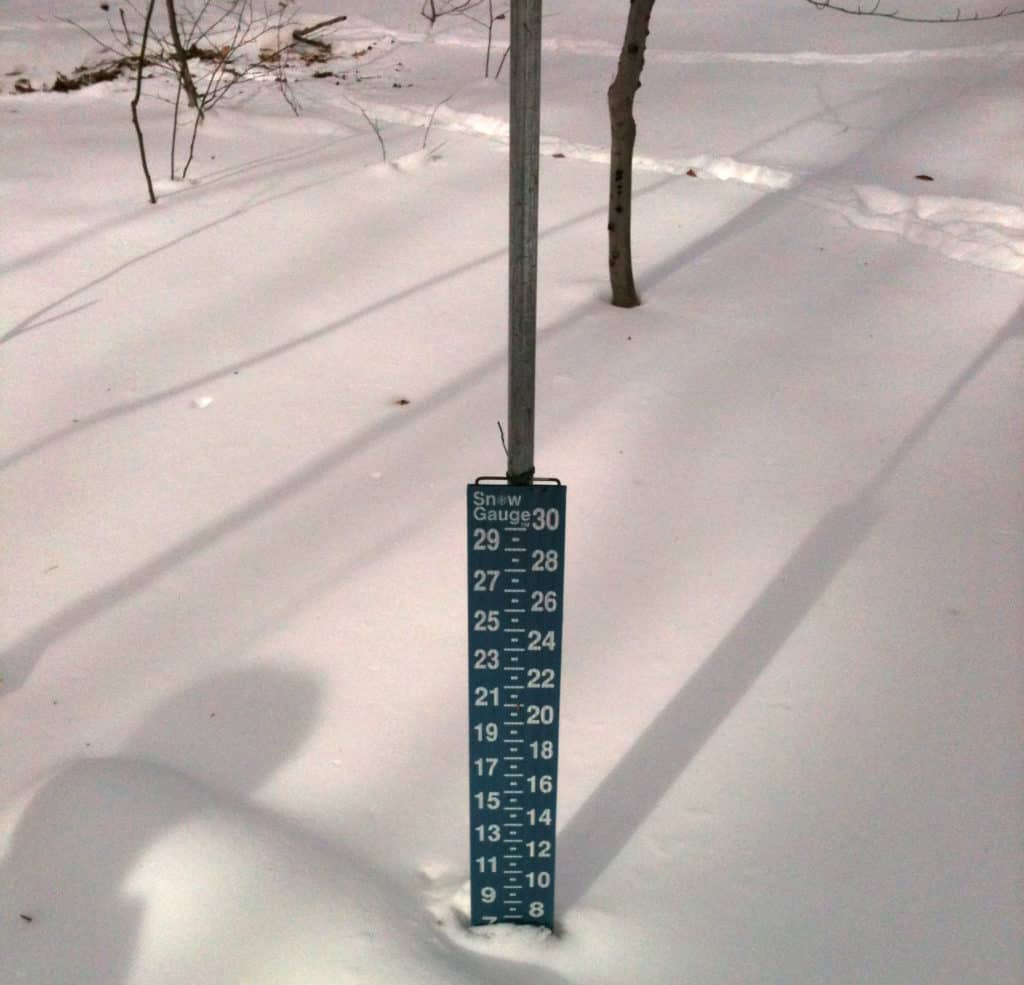
Snow Gauge in Stebbins Gulch 
HOBO Weather Station
We still think that changes to the consistency of snow cover could be important for soil fungi, but not necessarily because of alterations to soil temperature. When snow cover is absent and soils freeze, decomposition slows and nutrient dynamics change. Snow cover also influences the soil water content months after the final snowfall. Soil ecologists are beginning to understand the cascading effects of snow cover/soil freezing on soil nutrients and water content. In the soil ecology lab at HF&G, we are also interested in how these changes affect fungi in soil; and we have nine more years of samples from Stebbins Gulch to analyze! Such a long-term data set will be important for comparing years with abundant snow cover and years with intermittent snow cover. We can’t wait to see what we uncover!
Additional reading:
Burke, D. J. 2015. Effects of annual and interannual environmental variability on soil fungi associated with an old-growth, temperate hardwood forest. FEMS Microbiology Ecology 91: 1–13. doi: 10.1093/femsec/fiv053
Burke, D.J., Carrino-Kyker, S.R., Burns, J.H. 2019. Is it climate or chemistry? Soil fungal communities respond to soil nutrients in a multi-year high-resolution analysis. Ecosphere 10: e0296. doi: 10.1002/ecs2.2896
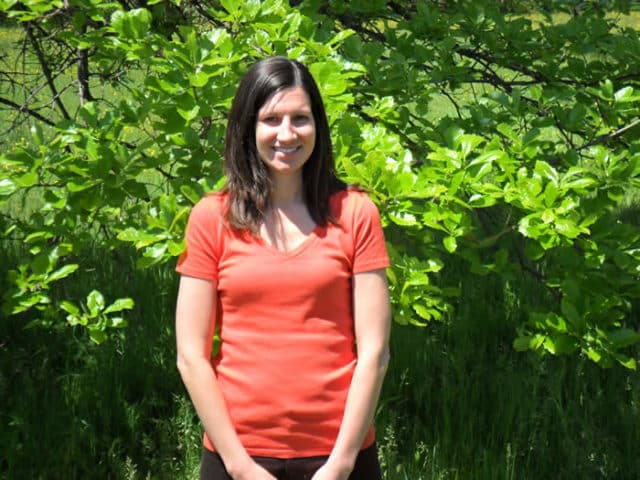
Sarah Kyker, PhD
Postdoctoral Research Associate
Dr. Sarah Carrino-Kyker is a microbial ecologist interested in the influence of environmental change, both natural and human-caused, on microbial communities. Because microorganisms are small in size, they are environmentally sensitive. Yet their health and functionality can have a large impact on the overall health of a habitat due to their role in ecosystem processes. Her current research is focused on the soil communities of forests, how they’re impacted by environmental changes, and how these impacts in turn affect the health of the overall habitat or ecosystem.

